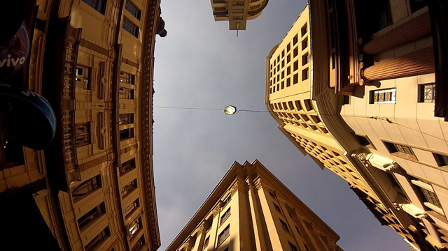5 tips to make your videos interesting using frames!
There are several different types of angles and shots in cinematography, but if you look closely at social media, you will notice that some of them tend to appear more frequently. But first of all, it is important that you understand that “Shot” and “Angle” are not the same thing!
The shots will guide us on what will be shown. Whether it is the characters' faces, bodies, places, etc. The angles will guide us on which direction these things will be shown. These elements together form the framing.
Content that goes viral due to a dance, a conversation, situations from our daily lives, etc., tends to be shown in shots such as:
Medium Shot
Full-body, this angle is typically used for videos that emphasize body movement. Note that it is very common in dance or body language content, for example.
American Plan
It has the same intention as the Medium Shot, but is a little tighter, being recorded from the knees up. Generally used by people who want to give more attention to facial expressions.
Foreground
From the chest upwards, giving more emphasis to the face. Widely used in educational videos or those that simulate conversations and everyday situations.
Detailed plan
It's a very close-up shot, specifying exactly what you want to emphasize. It's often used for product review videos, stores that show their packaging, makeup channels, anything that requires a good zoom and shows detail by detail.
Now, we’ll talk a little about camera angles and how to position it best, depending on what you’re trying to convey in each image. Here goes:
Normal Angle
All of the shots mentioned above appear mostly at a normal angle, which is when the camera is positioned at eye level.
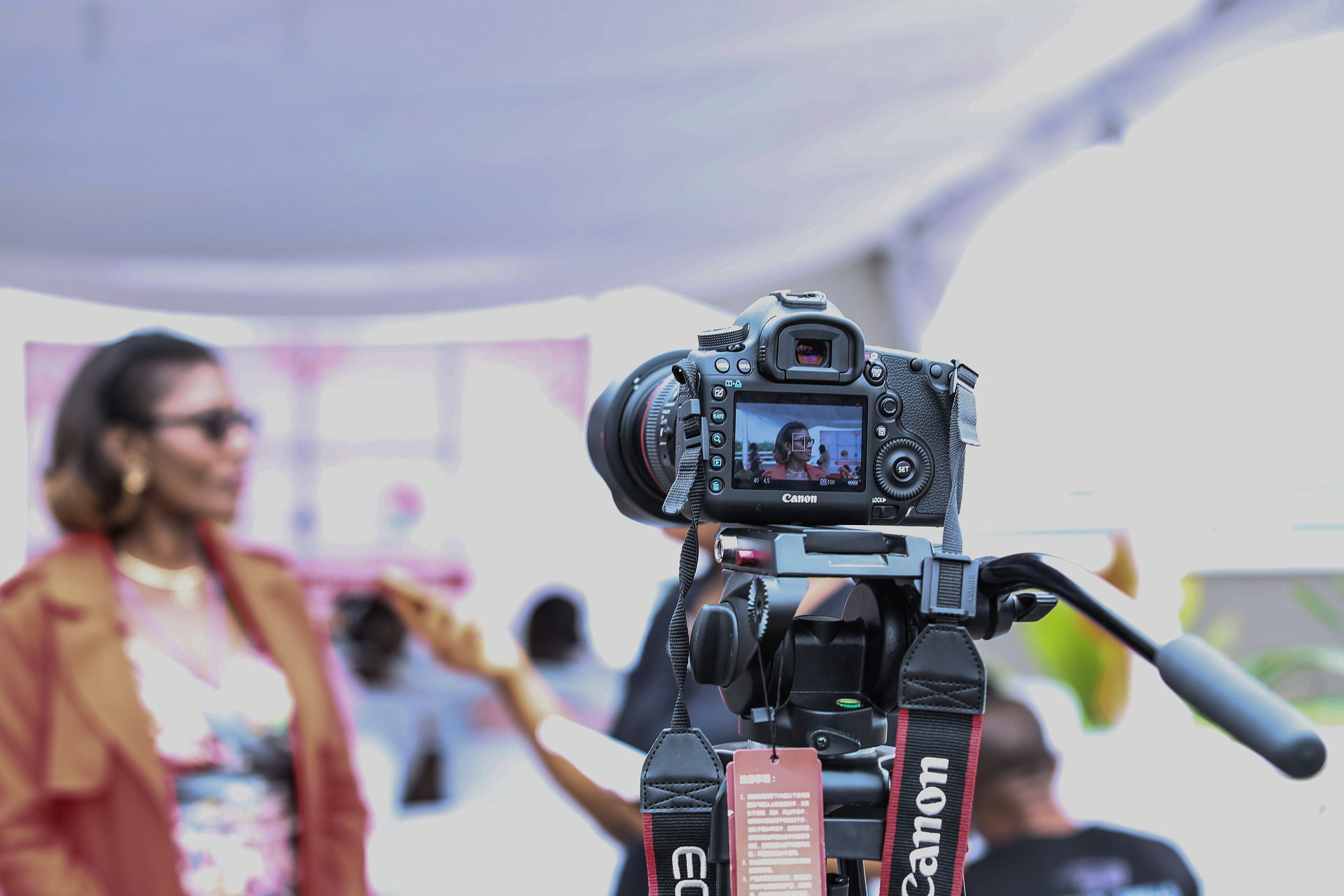
Diving
This is when the camera is positioned from top to bottom. This type of angle helps to create a feeling of inferiority or diminution of what is represented.
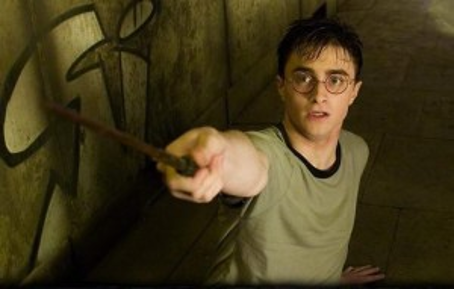
Absolute Dip
In this type of angle, the camera is at a 90º angle to the object. Thus, it focuses on the subject to be observed, as in the photo below. This choice helps to create a compositional scene, in addition to being linked to the idea of inferiority of what is represented.
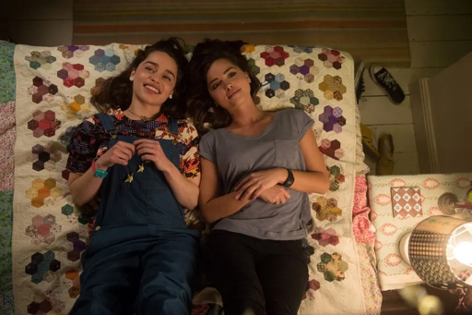
Against Diving
This is the angle that is the opposite of the Plongée, since, instead of filming from top to bottom, it does so from bottom to top. Furthermore, it causes the opposite effect, in this case, it tends to value the size of the object , its grandeur or superiority.
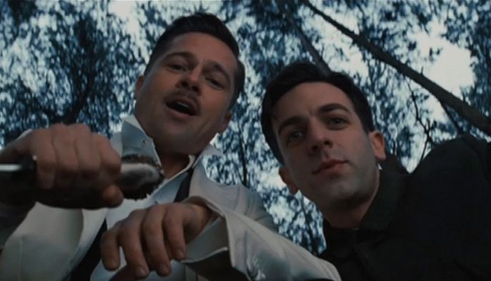
Absolute Counter Dip
This is when the camera is at the opposite extreme of the Absolute Plongée, that is, it portrays the object at 90º from bottom to top.
